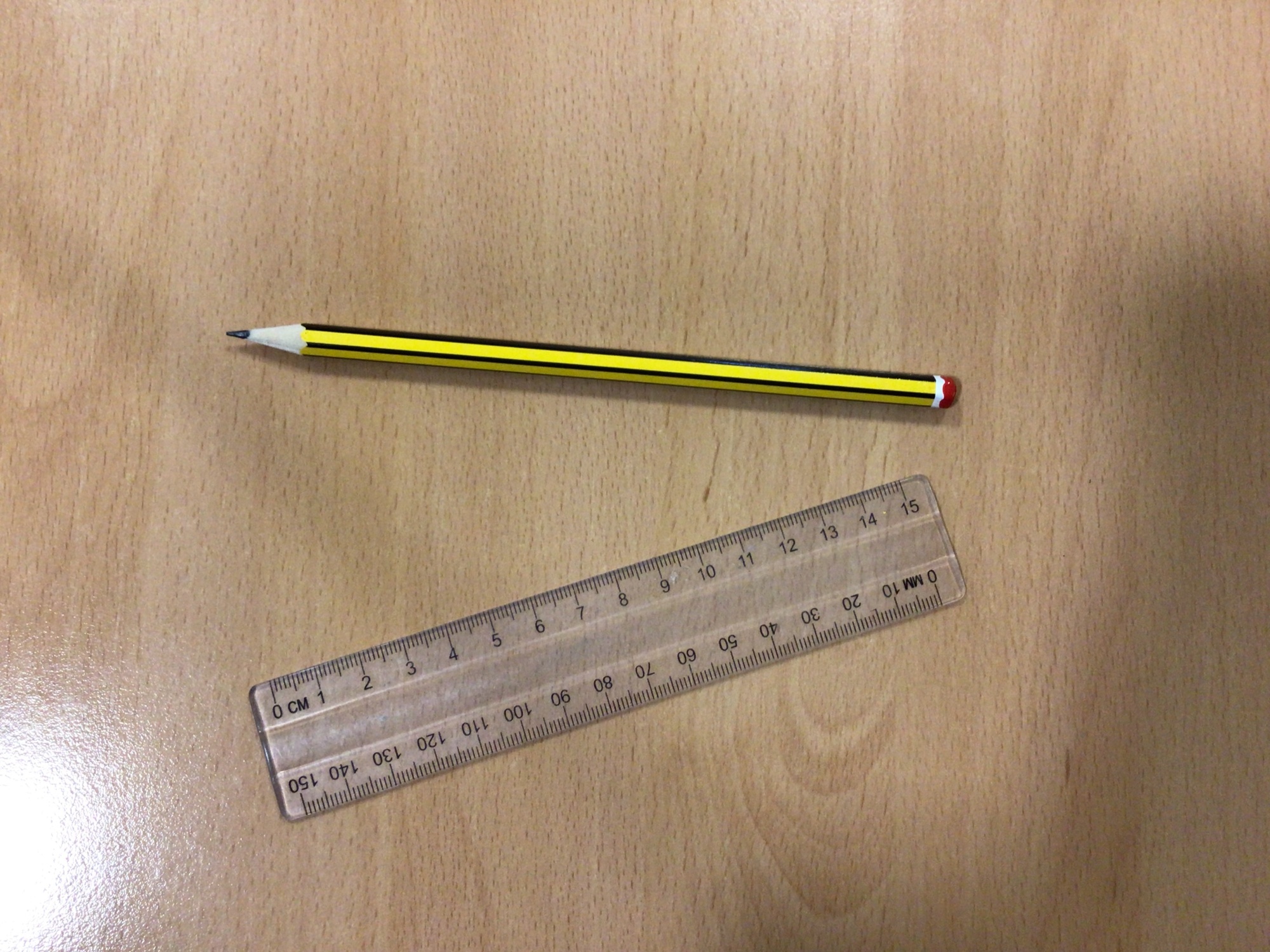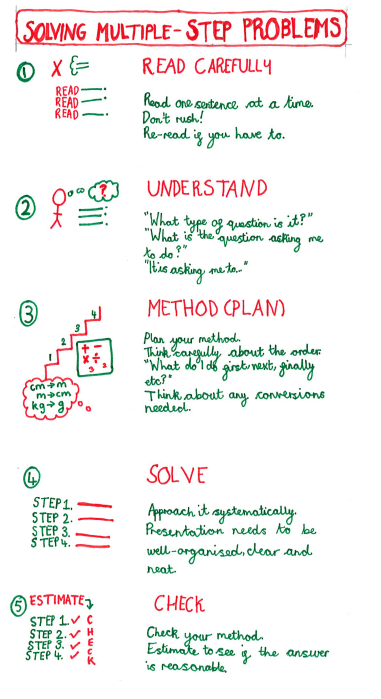The Basics Explained | Maths
Making progress in anything is always easier when the expected outcomes are made clear. We aim to use this page as a reference point for minimum expectations. A space to clarify what we expect with all the aspects of learning that we call, 'The Basics'.
Once these basics are achieved, pupils have brain space to be creative and take their learning further. The list of, 'The Basics' is determined by looking carefully at what pupils create and where this needs correcting. 'The Basics' are categorised under three headings:
- Accuracy | the areas of learning that need repetition and spaced practice in order to become automatic. The things that we don't want pupils to worry about, but instead, just do.
- Effort | the areas where pupil's extra focus is recognised. Learning needs attention and pupils are acknowledged for giving sustained effort.
- Courage | the areas of learning where the automaticity of the basics then allows for creative flair to be exercised. Taking the basics into courageous new worlds of learning, where mistakes are made, and this process is celebrated.
Organising Learning | Underlining the date and title (Y2 & Y4)
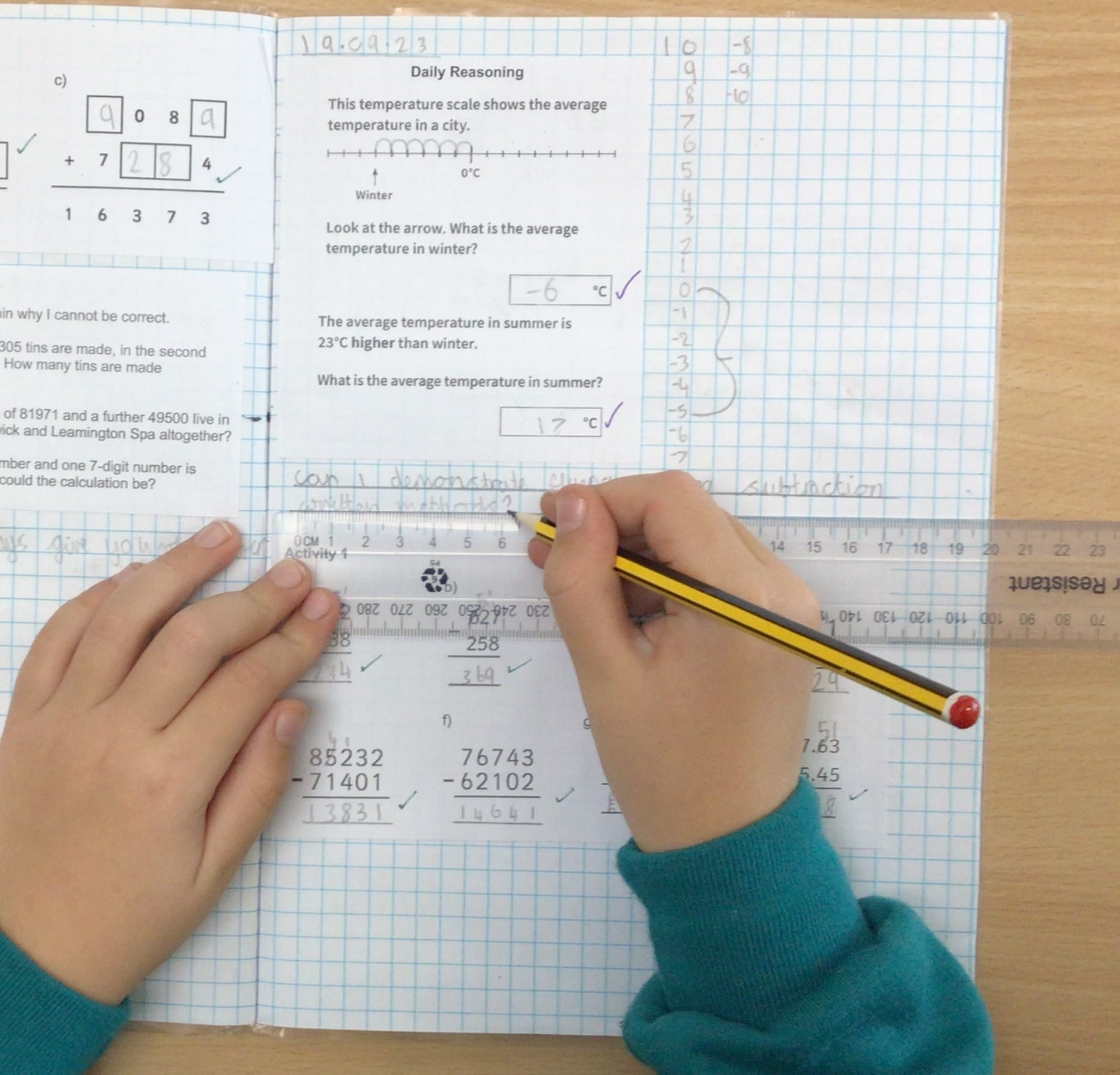
Always use a ruler and a sharp pencil to underline the date and Can I...?
Make sure all the numbers of the dates are written in their own square. Dates must also be underlined in MEP books.
One digit per square (Y1 & Y4)
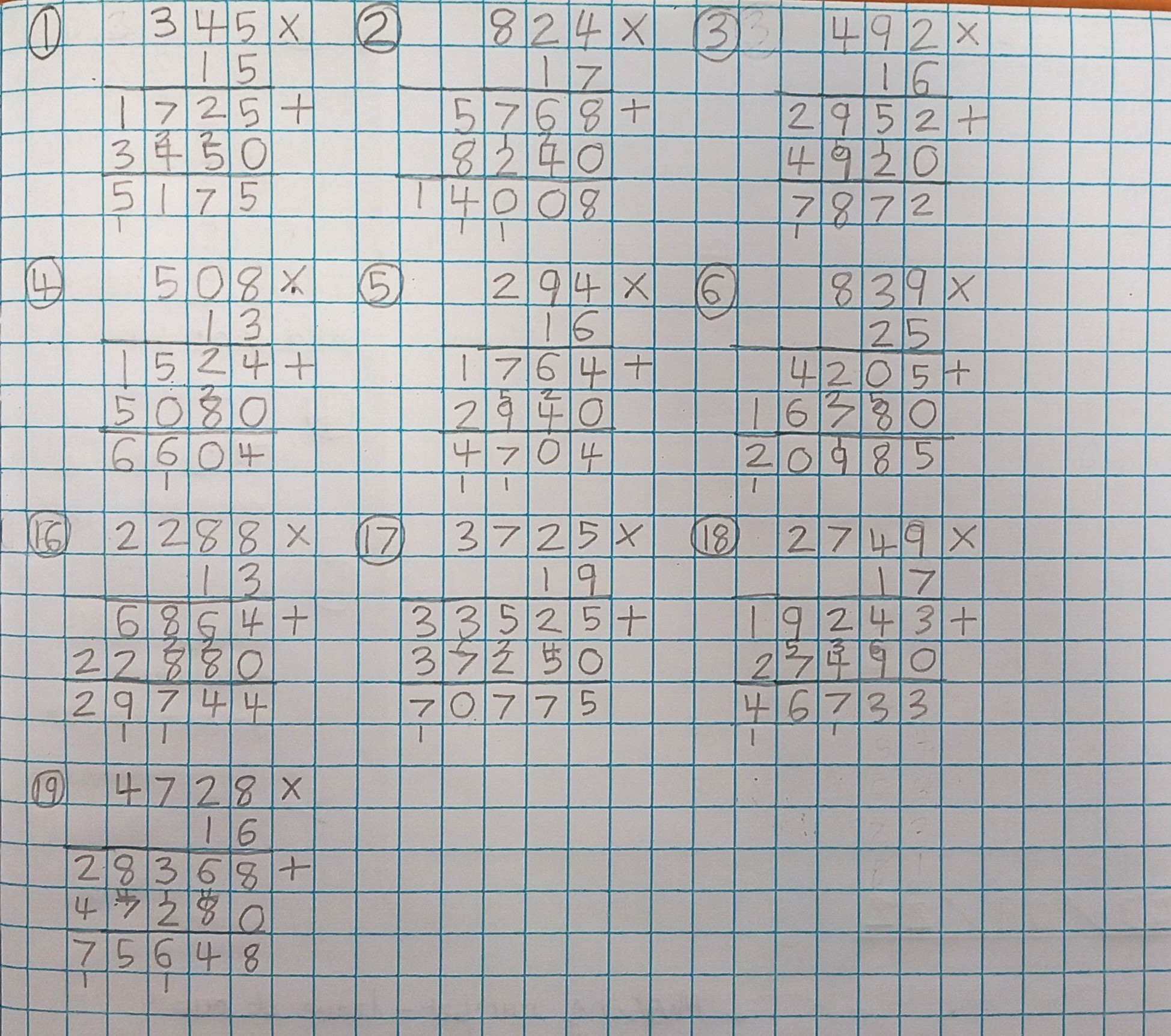
Our maths books have squared paper. This makes it easier for pupils to present calculations clearly. One digit per square.
Consistent size and shape of number formation (Y2 & Y5)
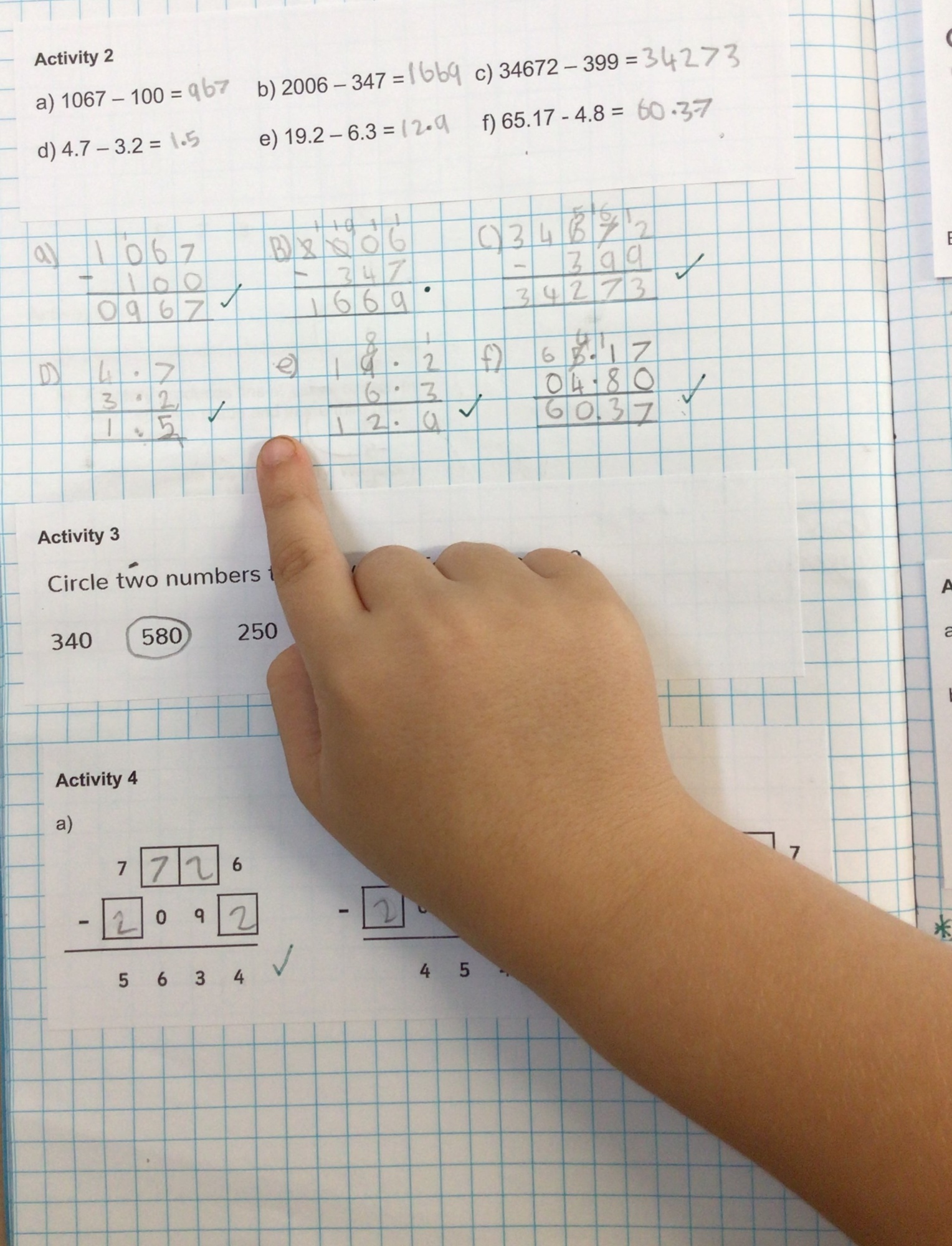
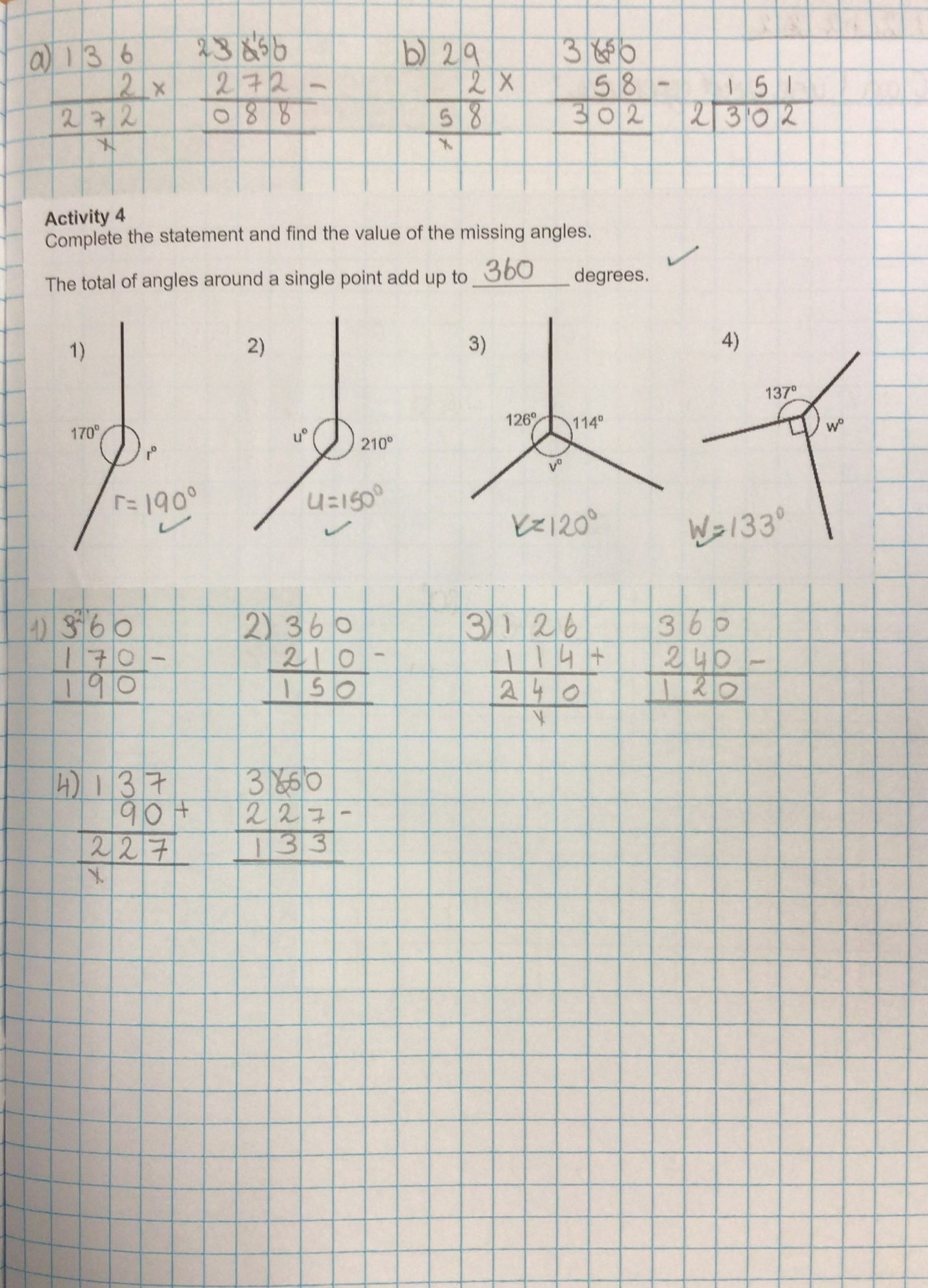
Number formation is revisited in every year group. Pupils have spaced practice activities to help improve their number formation. Ensuring one digit per square and leaving a white space between calculations helps with presentation.
Layout | White space given between calculations and workings (Y2 & Y4)

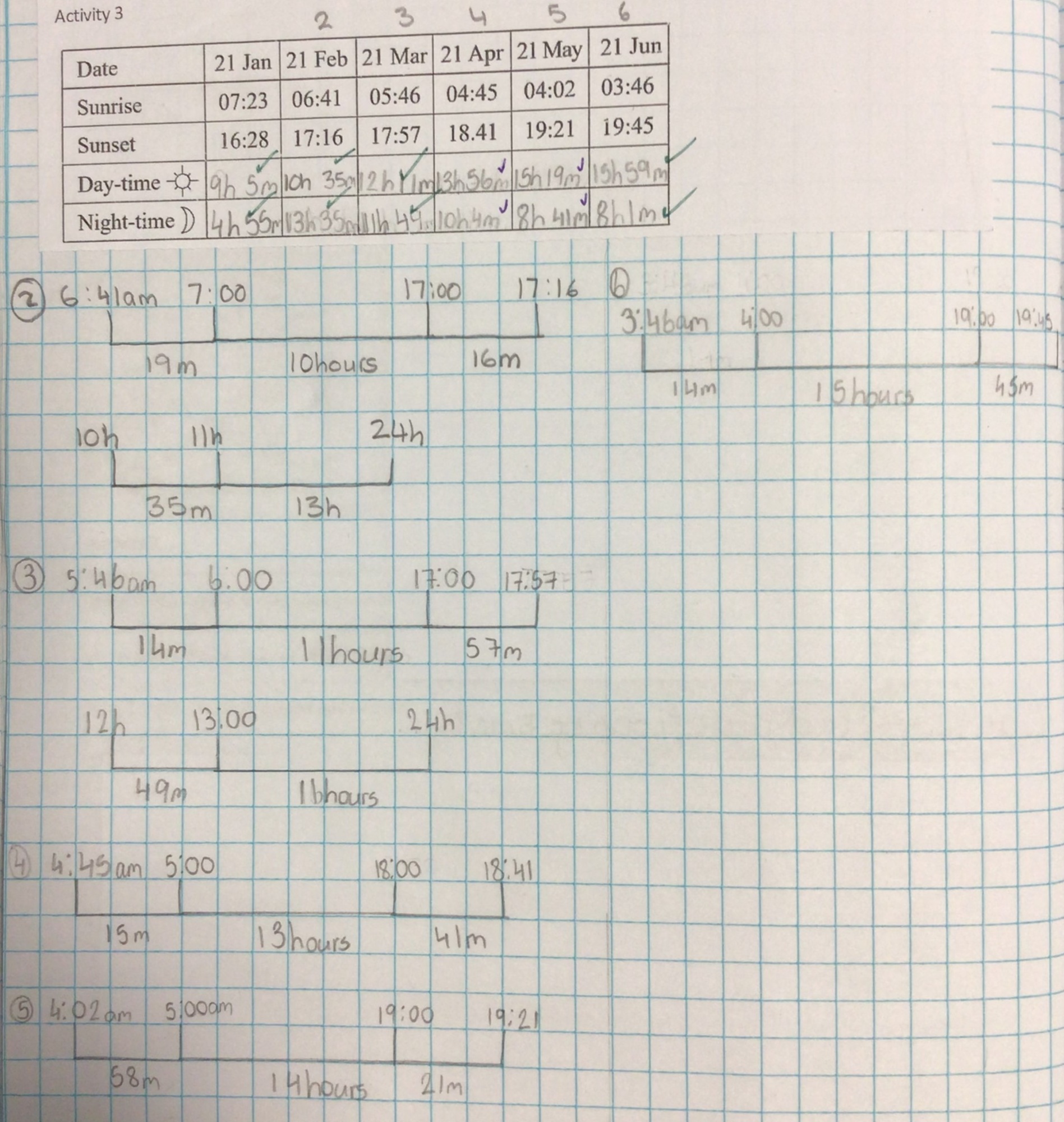
By leaving a white space, pupils are organising their learning and presenting their understanding clearly. It allows them to refer back to their work when working on questions on a similar context as well as bring able to look for misconceptions within the calculation if the answer is incorrect.
Systematic approach | Written calculation methods (Y5 & Y6 & DHSB)
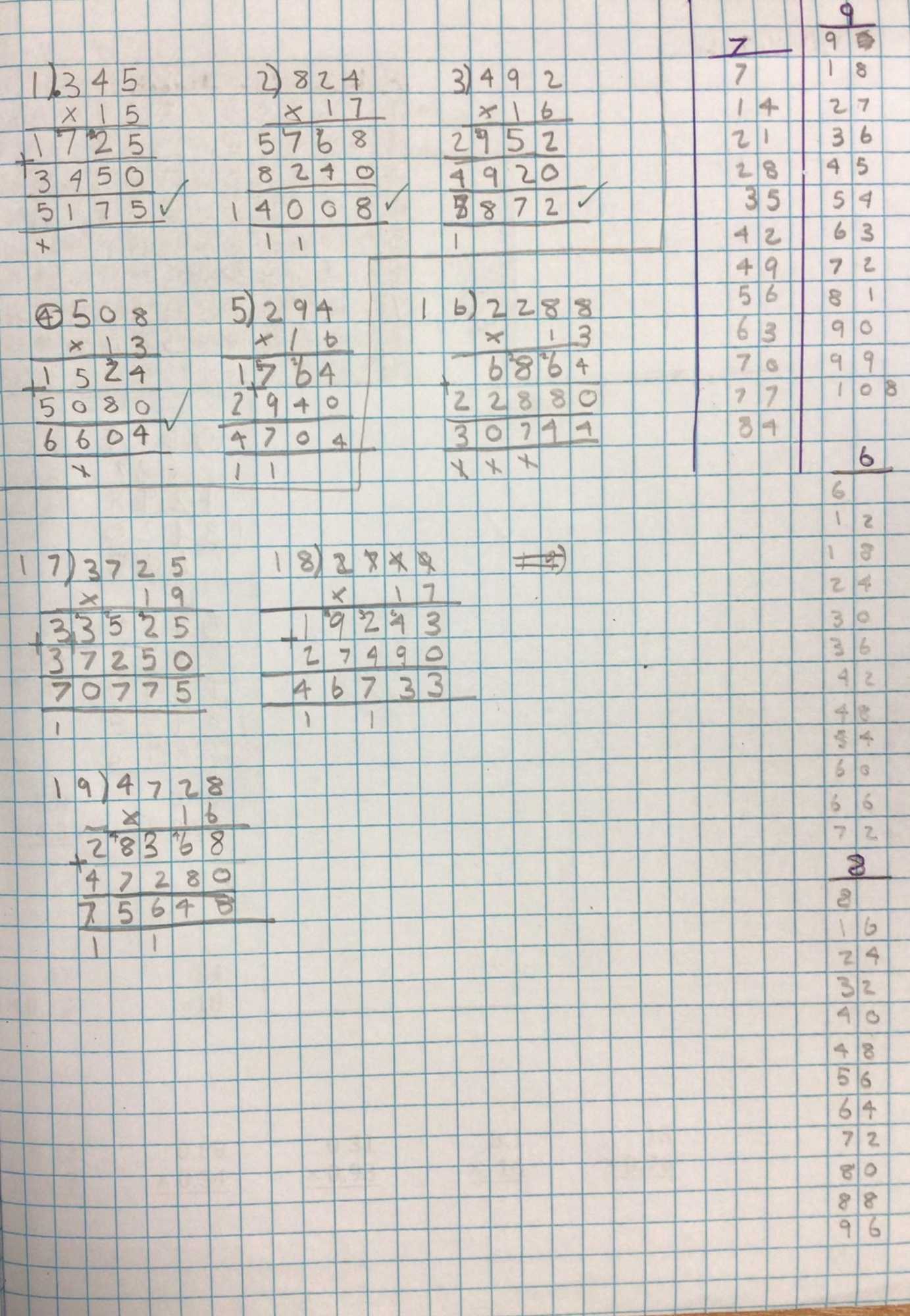

Each mathematical operation is explained in our calculation policy. The Written Calculation Methods need clear presentation and must be followed step by step. The calculation methods can be applied to different mathematical concepts.
Systematic approach | Multiple step problems (Y5 & Y6 & DHSB)
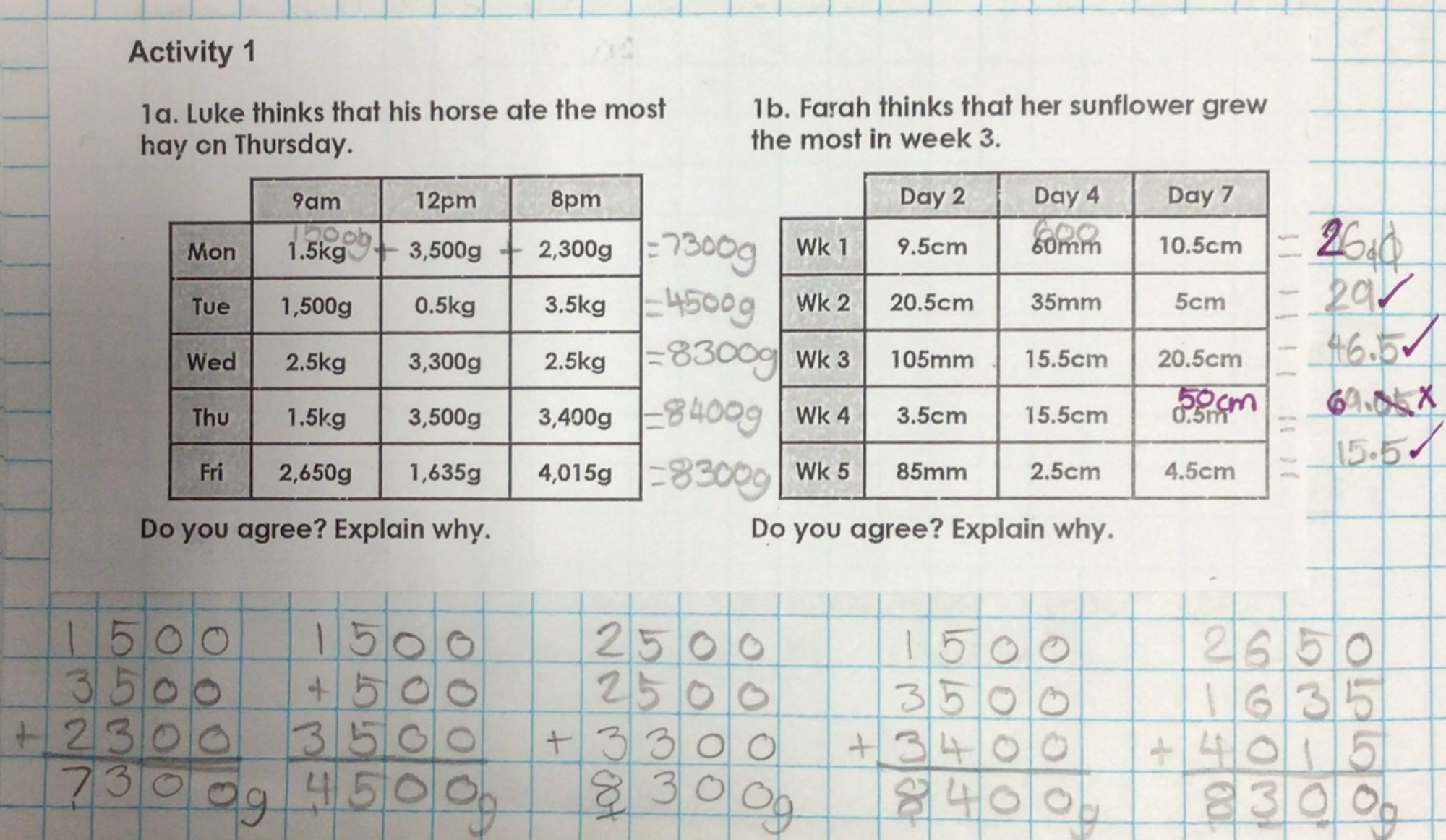
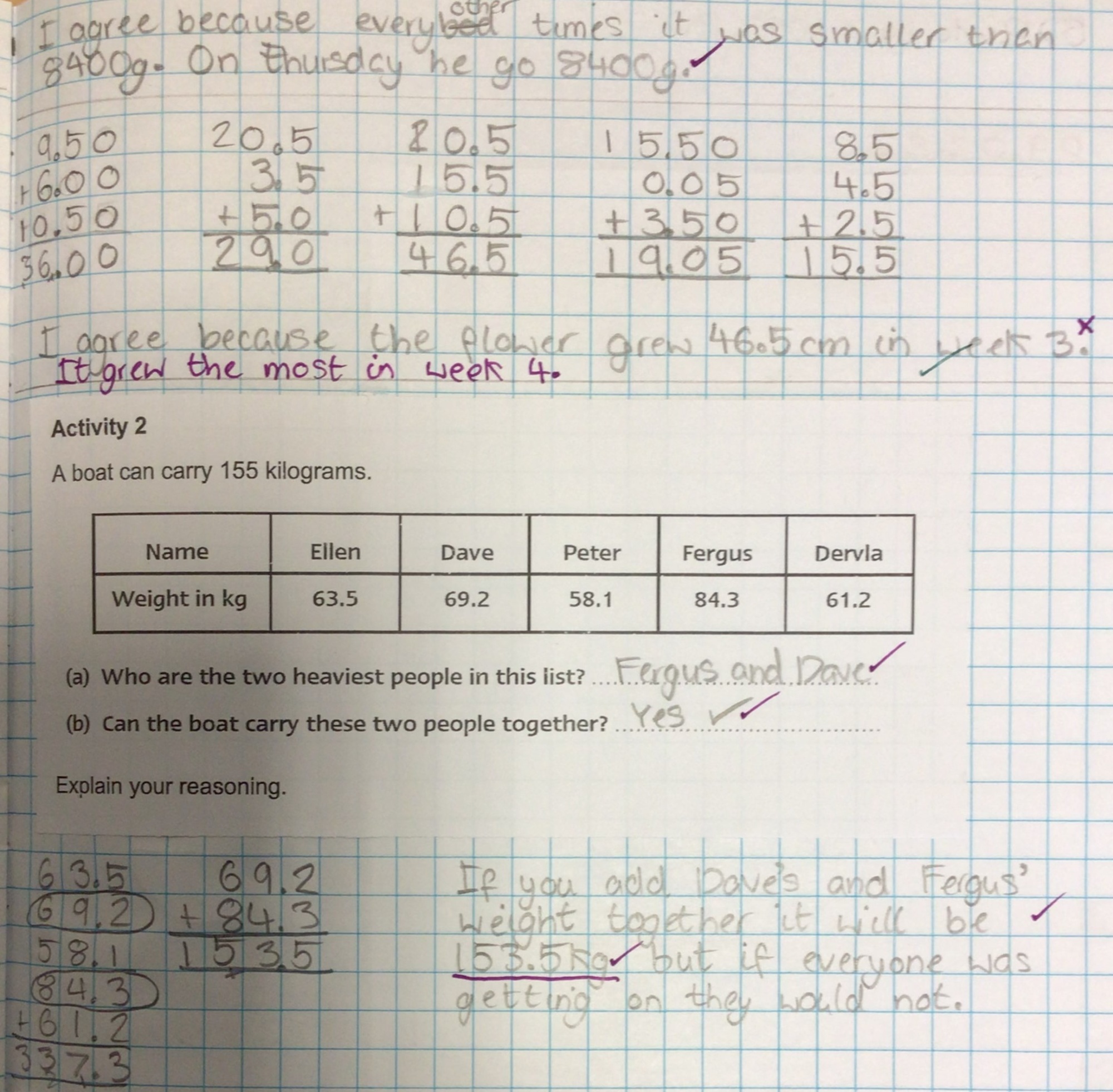
This sequence of work follows a very clear systematic approach to answer the question. The pupil used the space to show their working out and then applied this back to the question. By being confident in the calculations, pupils can then reason and explain their understanding using evidence using their functional language.
Answering tests | Answers and workings in designated boxes (Y2 & Y6)
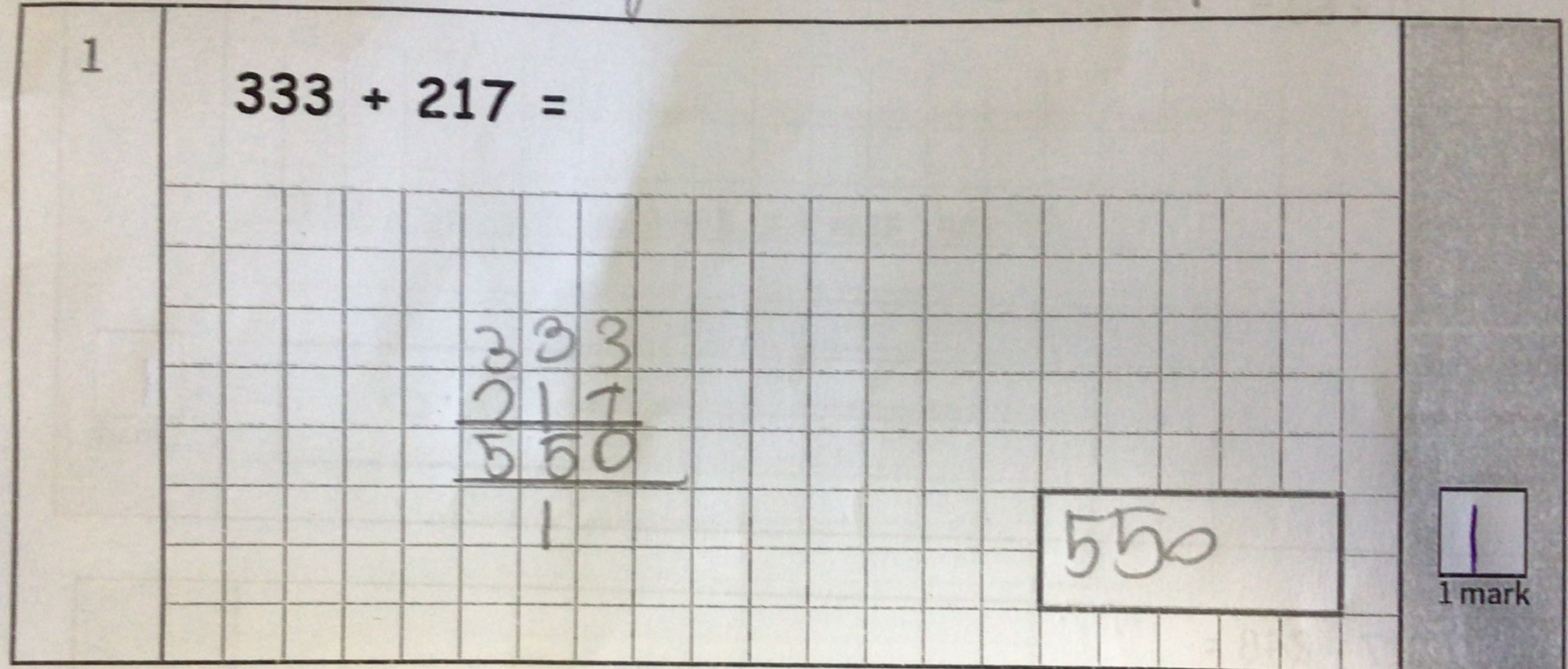
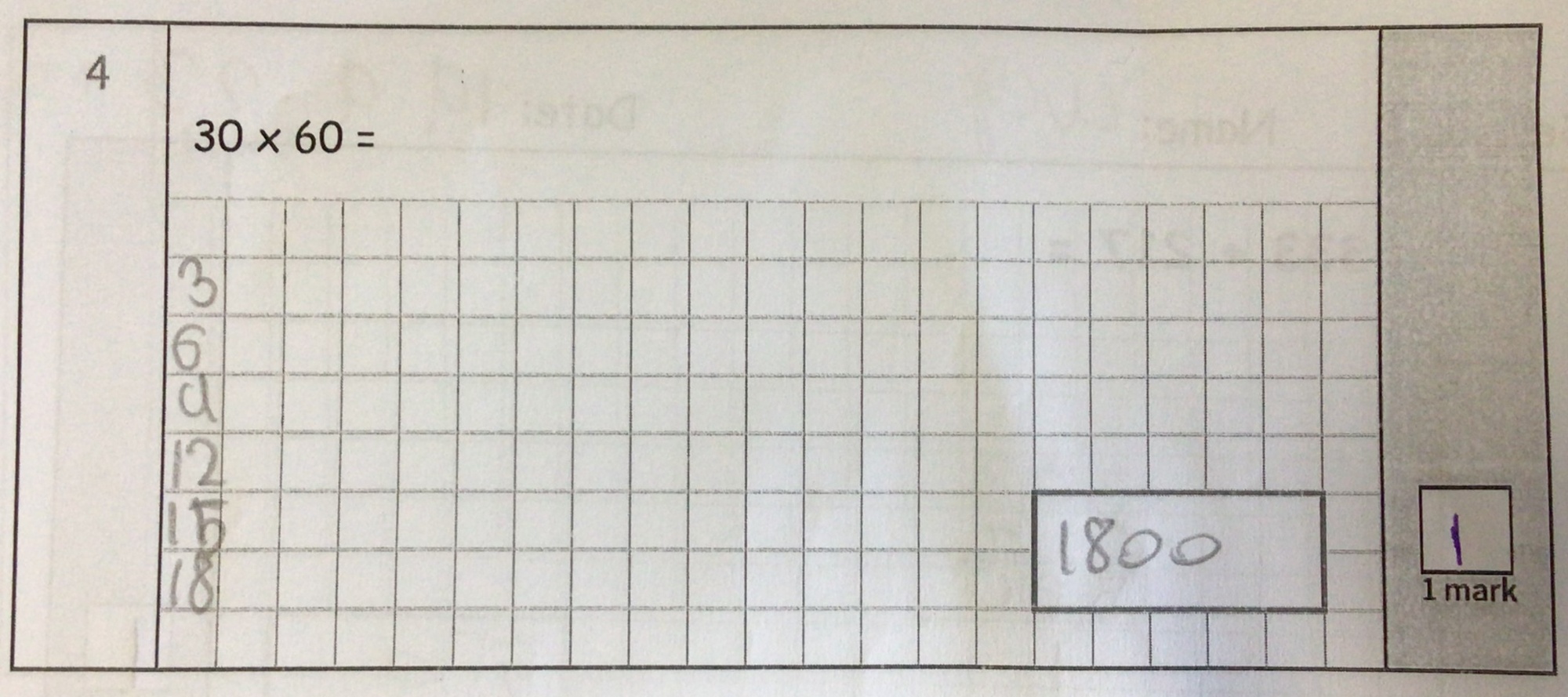
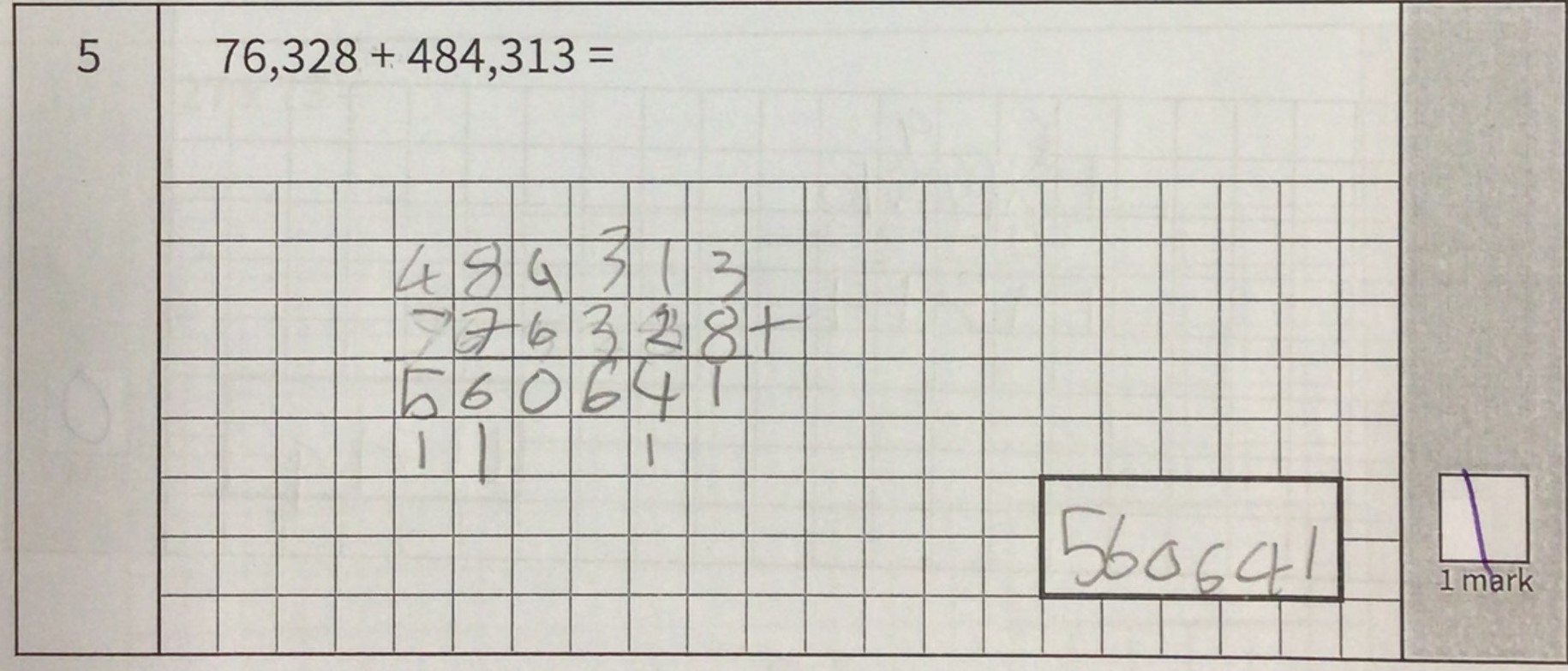
Pupils must show their workings in the space provided and then transfer the answer into the given box. Be sure to copy the number correctly as the one in the box will be marked. Sometimes, marks can be awarded for correct steps of workings within a 2 or 3 step question.

